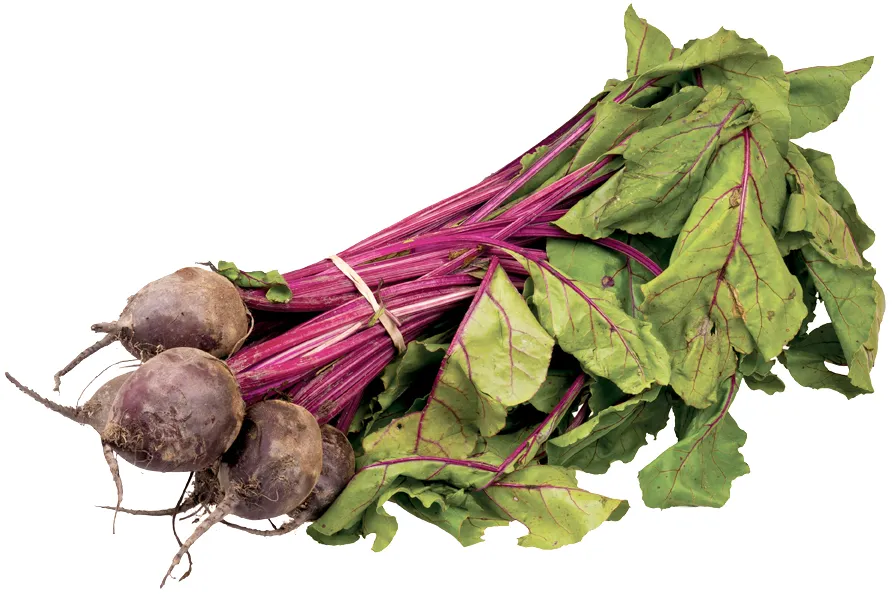The long-term effects of chemical weapons such as Agent Orange mean that the impact of war lasts well beyond a ceasefire
Error message
An error occurred while searching, try again later.Beet likes warmth, who doesn’t, so attention to detail is required if you’re to succeed, writes MAT COWARD

 Organic beetroot / Pic: Evan-Amos/CC
Organic beetroot / Pic: Evan-Amos/CC
WHEN I’ve failed to get a decent crop of beetroot it’s almost always been because I fell to the temptation to sow too early. This is one of many vegetables which simply won’t tolerate ground that hasn’t yet warmed up properly, no matter what sowing dates are given on the seed packet.
By June, unless you’re very unlucky, there shouldn’t be any real danger of cold soil, and it’s reasonable to hope that beetroot started now will germinate quickly and thickly. Of course, instead you have the potential worry of a summer heatwave putting the brakes on growth — but there you go, that’s gardening for you.
If you’ve got enough seed to mess around with, I’d recommend sowing a first batch in May — preferably in modules indoors — and trying again in June and if necessary in July.
You can never have too much beet, after all, since large roots can be stored for winter, small ones can be pickled, and along the way fresh, young beetroot is superb in salads when boiled or grated raw, or else roasted as a side vegetable.
And remember, the leaves are edible used in place of spinach or chard.
Choose a sunny site and fertile soil. A bed that’s been given manure or compost for a previous crop is perfect; my beets often go in after the first early potatoes have been taken.
Scratch a drill in the ground about an inch (2.5cm) deep, and if you’re sowing more than one row put them a foot (30cm) apart. Water the drill before sowing; this is much more helpful to germination than watering the surface afterwards.
Sow beetroot seed thinly. You’re going to want a final gap between each plant and its immediate neighbours of about 4 inches (10cm), so spacing the seeds out at this stage can save fiddly work later.
Overcrowding is one of the triggers for bolting, when a stressed plant prematurely enters its seed-producing stage instead of making the bits we want to eat.
If the seedlings do look overcrowded when they come up, thin them out by carefully pulling the excess ones out of the ground when they’re around an inch (2.5cm) tall.
Having done that, it’s important to water the row as that will settle the surviving seedlings back into the soil.
But in good weather, warm but not too dry, in good soil, and if sown thinly enough to begin with, you probably won’t need to thin them at all.
If they’re growing rapidly, they’ll just shoulder each out of the way to make room and you’ll end up with clumps of beets roughly the size of golf balls and perfect for pickling.
The exception is if you want cricket balls rather than golf balls, for storing for instance, in which case thinning is essential.
A thorough watering once a week in the absence of rain will also help avoid bolting, as will scrupulous weeding — beetroot doesn’t take kindly to competition.










